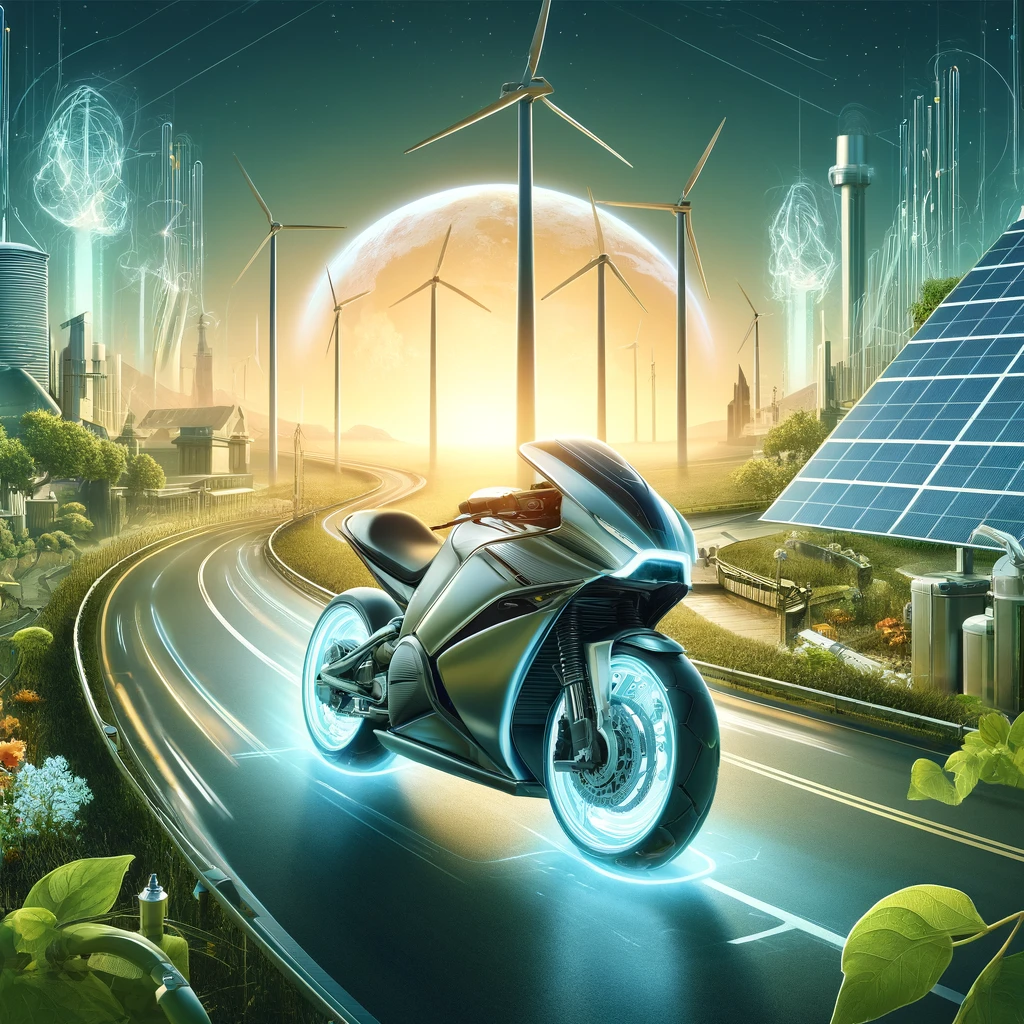
Electric Motorcycles: The Future of Riding
Introduction: A Shift in the Motorcycle Industry
The motorcycle industry is undergoing a revolutionary shift, driven by advancements in electric technology. Electric motorcycles are no longer niche; they’re becoming a mainstream choice for eco-conscious riders and urban commuters. With zero emissions, lower maintenance costs, and futuristic designs, electric motorcycles are poised to redefine the riding experience. This article explores the rise of electric motorcycles, their benefits, challenges, and what the future holds for this transformative technology.
1. The Rise of Electric Motorcycles
a. Growing Popularity
Electric motorcycles have gained traction due to the increasing demand for sustainable and eco-friendly transportation options. Governments worldwide are promoting cleaner alternatives through incentives, subsidies, and stricter emissions regulations, encouraging manufacturers and riders alike to embrace electric mobility.
b. Leading Brands Driving Change
Some notable manufacturers leading the charge in electric motorcycles include:
- Zero Motorcycles: Known for high-performance electric bikes with impressive range.
- Harley-Davidson (LiveWire): Combining iconic branding with cutting-edge electric technology.
- Energica: Specializing in premium electric sport motorcycles.
- Honda and Yamaha: Traditional brands entering the electric space with innovative concepts.
2. Benefits of Electric Motorcycles
a. Environmental Friendliness
- Zero Emissions: Electric motorcycles produce no tailpipe emissions, reducing their environmental footprint.
- Sustainability: Many manufacturers are incorporating renewable energy sources into production processes.
b. Lower Operating Costs
- Cheaper Energy: Charging an electric motorcycle costs significantly less than refueling with gasoline.
- Reduced Maintenance: Electric bikes have fewer moving parts, eliminating the need for oil changes, spark plugs, or exhaust system repairs.
Example: The absence of internal combustion engine parts means reduced long-term expenses for riders.
c. Instant Torque and Smooth Ride
Electric motors deliver instant torque, resulting in rapid acceleration and a seamless riding experience. Many riders appreciate the quiet operation and lack of vibrations compared to traditional motorcycles.
d. Technological Innovations
Electric motorcycles often feature advanced technologies, such as:
- Regenerative Braking: Converts braking energy into battery power.
- Smart Connectivity: GPS tracking, app integration, and real-time diagnostics.
- Customizable Performance: Riders can adjust power output and throttle response.
3. Challenges Facing Electric Motorcycles
a. Limited Range
Despite advancements, most electric motorcycles have a limited range compared to gasoline-powered bikes. Current models typically offer 100–200 miles per charge, which may not suffice for long-distance riders.
b. Charging Infrastructure
The availability of charging stations is still growing. Riders in rural areas or regions with fewer EV-friendly facilities may face difficulties charging their bikes.
Solution: Expanding public charging networks and investing in fast-charging technology.
c. Higher Upfront Costs
Electric motorcycles often come with a higher initial price due to battery and technology costs. However, this is offset by lower operational expenses over time.
d. Battery Longevity and Sustainability
- Degradation: Batteries lose capacity over time, impacting range.
- Recycling Challenges: Proper recycling methods for lithium-ion batteries are still developing.
4. Future Prospects of Electric Motorcycles
a. Advancements in Battery Technology
The development of solid-state batteries and faster charging systems will likely address range and charging concerns.
- Solid-State Batteries: Promising increased energy density and quicker charging times.
- Fast Charging: Reducing charge times to under 30 minutes for a full charge.
b. Autonomous Features
Electric motorcycles may integrate autonomous features like adaptive cruise control, collision avoidance systems, and self-balancing technology.
c. Broader Market Adoption
As prices decrease and infrastructure improves, electric motorcycles will become accessible to a broader audience, including entry-level riders and enthusiasts.
d. Integration with Renewable Energy
Electric motorcycles can pair with solar charging systems, creating a sustainable ecosystem for energy use and storage.
5. Popular Electric Motorcycle Models
a. Zero SR/F

- Range: Up to 200 miles.
- Top Speed: 124 mph.
- Features: Fast charging, customizable ride modes, and integrated navigation.
b. Harley-Davidson LiveWire

- Range: Approximately 146 miles in the city.
- Top Speed: 110 mph.
- Features: Iconic design, rapid acceleration, and premium build quality.
c. Energica Ego+

- Range: Up to 250 miles.
- Top Speed: 150 mph.
- Features: High performance, advanced tech, and sleek aesthetics.
6. Why Electric Motorcycles Are the Future
a. Eco-Conscious Consumer Demand
The growing awareness of climate change and the need for sustainable practices are driving consumers toward greener alternatives like electric motorcycles.
b. Industry-Wide Innovation
Manufacturers are investing heavily in electric mobility, ensuring continuous improvements in technology, affordability, and performance.
c. Government Support
Incentives such as tax credits, grants, and reduced registration fees are making electric motorcycles more appealing.
Conclusion: Riding Into a Sustainable Future
Electric motorcycles represent the next evolution in riding, combining cutting-edge technology with environmental responsibility. While challenges like range and infrastructure remain, rapid advancements in battery technology and increasing market adoption signal a promising future.
For riders seeking a clean, efficient, and exhilarating experience, the era of electric motorcycles is here—and it’s only just beginning.
Baca Selengkapnya Tentang Genshin Impact Cloud: Apakah Bisa Mabar?



1 thought on “Electric Motorcycles: The Future of Riding and Sustainable Transport”